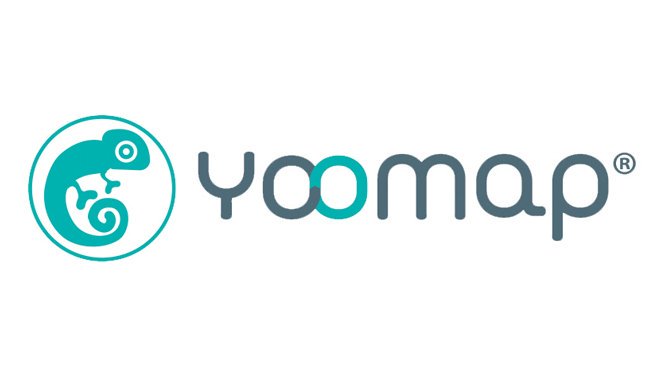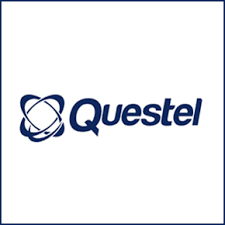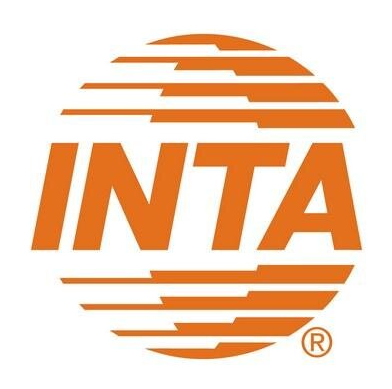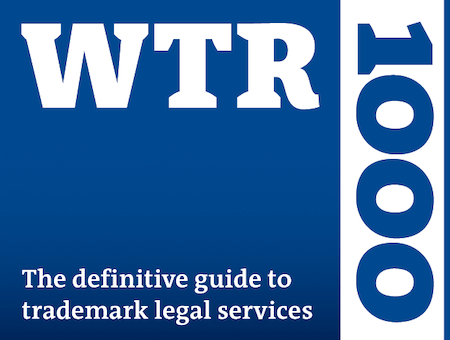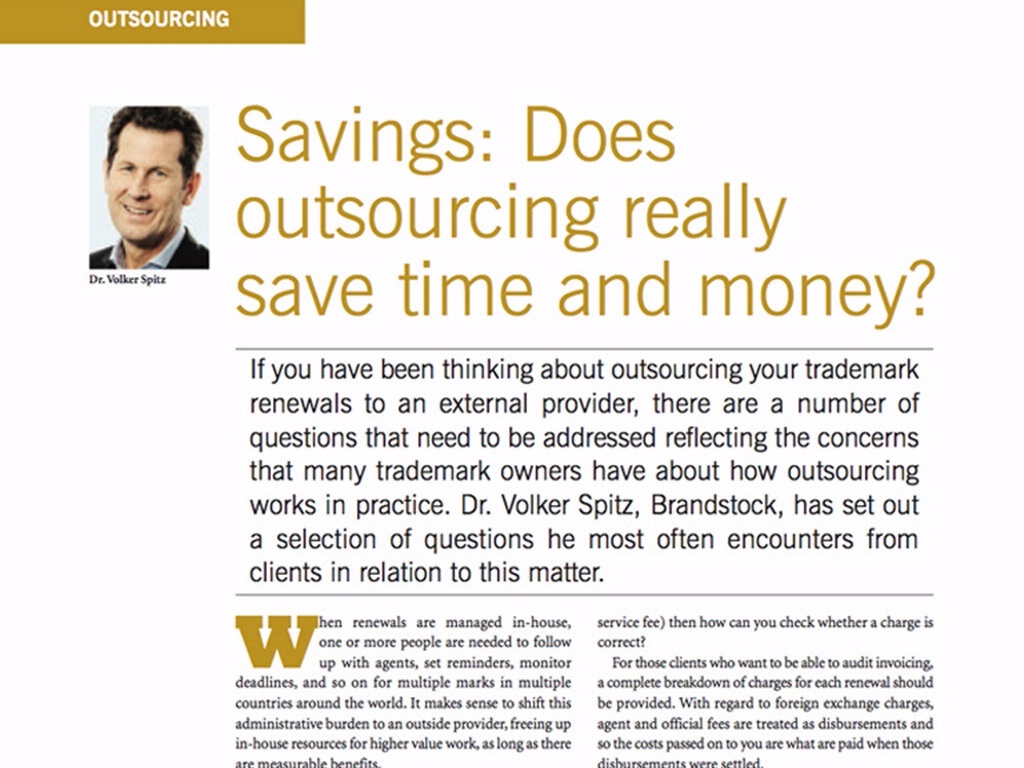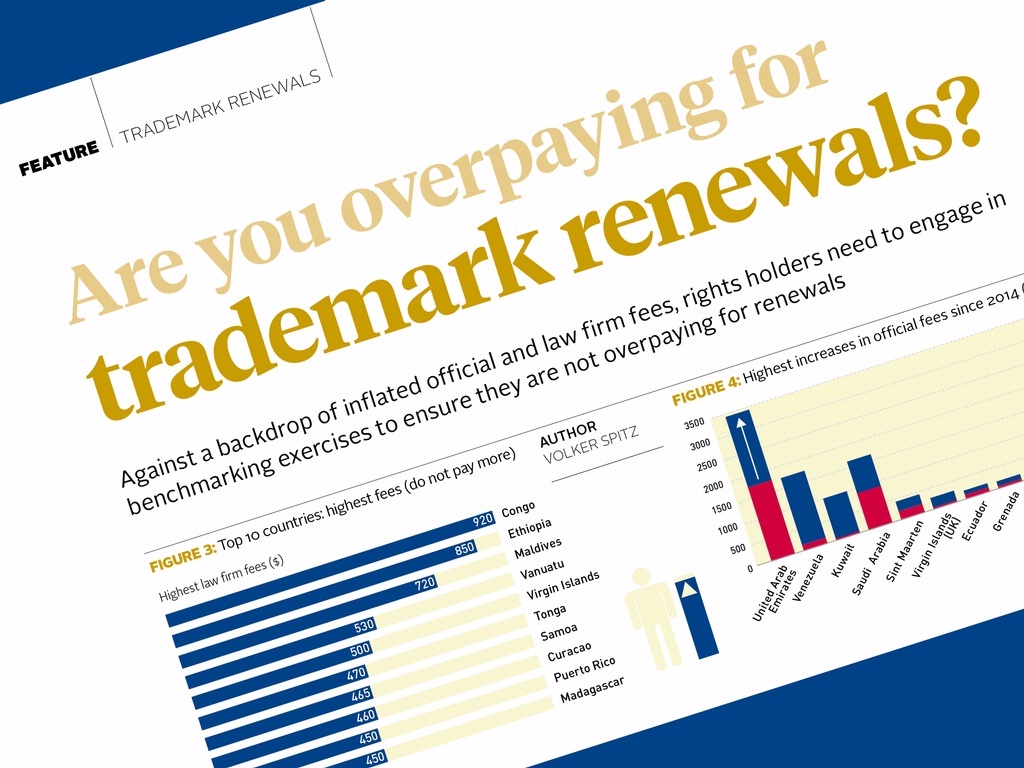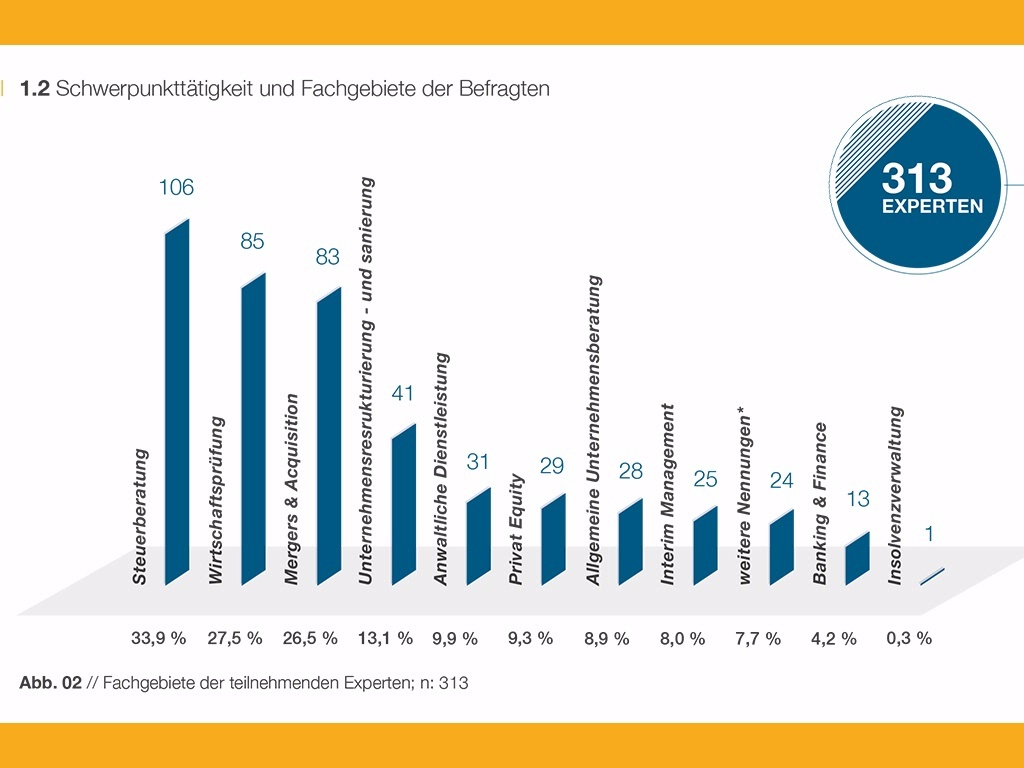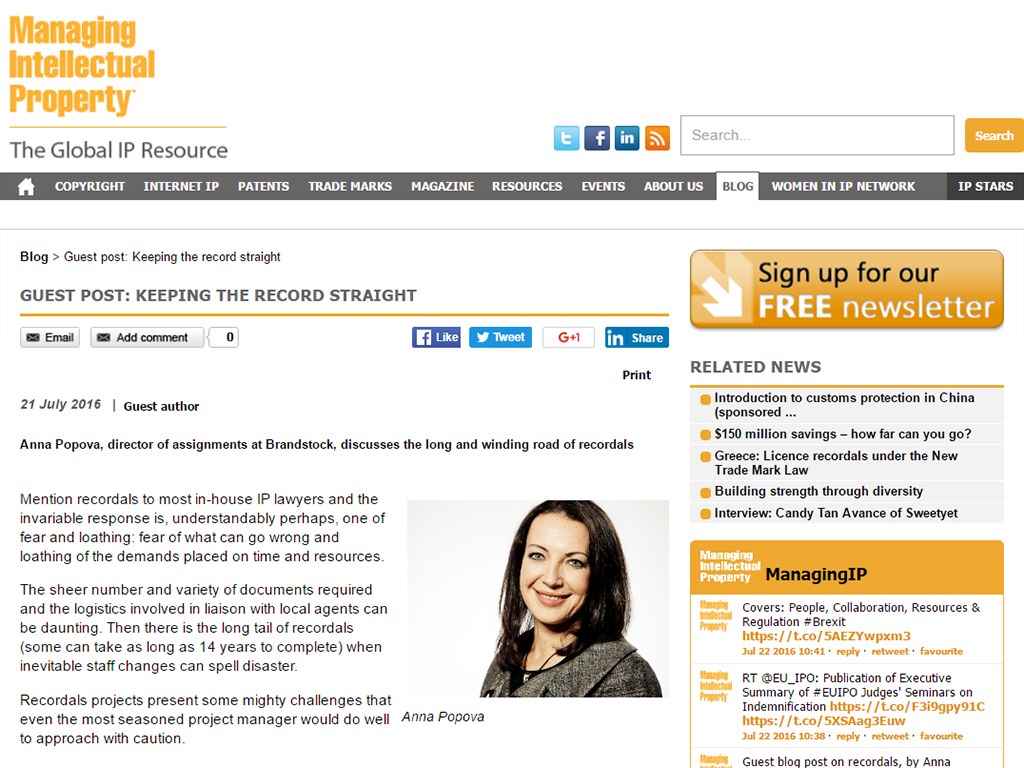In the first of a three-part series of articles, Jayne McClelland, a trademark attorney at Syngenta, discusses best practices for creating, clearing and registering trademarks and her collaboration with Brandstock.
In a time that seems long ago, the creation, clearance and registration of new trademarks took a largely predictable course, and expectations within the business were that there needed to be long lead times. The reality today is that the pace of commerce is such that those long lead times are no longer acceptable to the business. While some trademark offices have responded to industry requests for faster processing of new applications, most are labouring under ever-increasing demands and without the resources to meet them. What industry must do is find smarter ways to meet the challenges of modern business imperatives with, inevitably, limited resources.
Drawing on my experience of many naming projects, I would like to share with readers what I believe to be the key elements of a successful project and how we in Syngenta’s IP function are adapting our processes to streamline, accelerate and deliver the outcomes that our business units require.
Key elements
There are three elements that I would like to touch on here: setting expectations; achieving collaboration; and managing timescales.
Setting expectations
Our commercial, branding and regulatory teams come with differing expectations and priorities based on their particular perspectives on the objective. What each considers to be a suitable name for a new product will be influenced by past experiences; by industry constraints applicable in individual countries and regions; by specific regulatory laws; by company policies; and by personal preference. In this field, it is invariably the case that a name most desired by commercial and branding teams is one that, in our experience, may well encounter obstacles from a legal perspective.
It is important to set expectations among colleagues from other teams regarding the process for arriving at one or more names that might meet the stringent risk management standards for protecting the business from conflict and potential losses from being denied market access due to adverse prior rights.
I take time to explain the fact that we need to start with a large number of possible names which will then be narrowed down to a manageable few; also that they should not become attached to one name or another as it may well not stay the course and be rejected. Time spent with colleagues, and letting them know what to expect, pays dividends and supports the collaboration that best serves our shared objective to arrive at names that are commercially preferred and low risk from a legal perspective.
Achieving collaboration
In addition to coordination of internal teams, we need to work with outside providers who assist with name creation, trademark clearance searches and linguistic checks (we have our own in-house team to manage filing).
Like others in my position, in the past I have worked with name creation firms whose sole focus is to generate lots of new names and do so without the benefit of the perspective of an IP specialist. In my experience, strict protocols have to be established for communications between my department, the name creation agency and the external search provider.
All of this adds to the purely organisational demands placed on our trademark team and eats into the time we have for dealing with the real work at hand. What we have now done is to work with a provider, Brandstock, that has brought name creation into its array of services in a way that the need for this coordination has been reduced considerably.
Having worked with Brandstock in other areas I was confident in the standard of service I could expect and therefore felt confident that the new approach I wanted to take to naming projects could work. From the outset I was very open about what we could manage internally and what Brandstock would be expected to manage under its own initiative, working within the parameters agreed. I wanted, and have, a single point of contact who is able to work with me in a collegiate way, identifying issues and finding solutions as we go, particularly working with the varying timescales imposed.
Managing timescales
The demand for new names has only increased as markets have developed and with it the pace of change in the form of new products coming to market. As I said, the now traditional route from name creation to trademark registration can no longer address the needs of the business. The solution we have put in place is to generate a number of cleared marks that are low risk and can be filed with some certainty that they will achieve registration and so provide the protection needed in key and strategic markets globally.
For each business stream, we identify the markets and projects for which new names must be created and cleared for filing. We can broadly anticipate demand, however new business requirements often emerge—these are examined in detail as they arise and analysis is carried out to identify any additional markets required.
There are inevitably names that are not cleared in the required markets and we are learning how to make good use of names rejected for global use so as not to lose the benefit of the investment made in creation and clearing. We are finding that we have many uses for these names, such as where we have a need in a specific region or individual market. Whereas previously the notion of simultaneously generating a pool of cleared names would not have been appropriate, in modern practice it is an essential means of compressing timescales and at the same time creating a pipeline that can be diverted to good use in novel and efficient ways.
In summary, ensuring that all stakeholders are involved in the right way and at the right time is vital; setting and managing expectations facilitates collaborative effort towards shared goals; and working with external providers with whom you can share responsibility is essential if you, as in-house counsel, are to have the time to keep on top of internal relationships.
Expectations and thresholds are constantly being raised in what is a fast-moving and ever more competitive global market. We in the IP function are challenged to come up with clever (and where possible inexpensive) ways of meeting the challenges set for us. I have found that it is possible to build on learning from experience in past projects and bring about incremental change in my own approach to projects. To make such change possible requires engagement and a good deal of flexibility all round.
We are always learning, and that is as it should be. We have not reached the limits of our ability to innovate in a way in which we deliver the outcomes the business requires—and that’s what keeps it interesting.
If you have a project about Name Creation, contact us at sales-info@brandstock.com.
*The opinions expressed in the article are those of its author, and should not be taken as representing the opinions of Syngenta.





